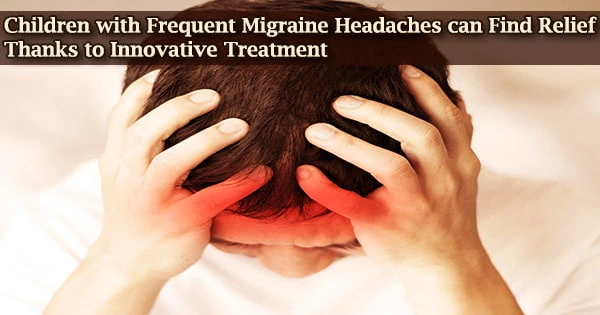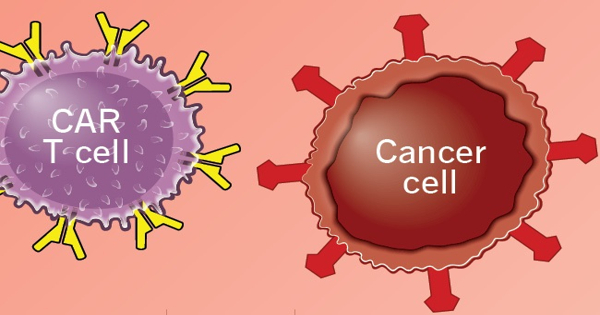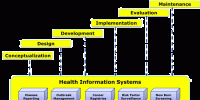A new study being presented today at the Society of Interventional Radiology’s 2017 Annual Scientific Meeting demonstrates that a minimally invasive treatment for migraine headaches used for adults is also proving to be a safe and effective treatment for children and teenagers and that it only takes a child a few minutes to feel relief.
One in twelve people aged 12 and over suffer from migraines, which are a prevalent medical ailment among children and adults. Teenagers are particularly susceptible to them, and they frequently interfere with daily activities like school, music, and sports.
Sphenopalatine ganglion (SPG) block is a novel procedure that doesn’t entail the patient being touched by needles. Instead, a tiny flexible catheter is used to provide local anesthesia to the SPG, a nerve bundle near the back of the nose that is suspected to be connected to migraines.
A cycle of severe headaches can be broken and the need for medicine reduced by briefly deactivating the SPG. This will interrupt and reset the headache circuit.
According to researchers, the virtually immediate alleviation from the minimally invasive SPG block could persist for months. SPG blocks are not considered a first-line therapy.
Only children who have been diagnosed with severe migraines and who have not improved after trying first-line medications are eligible for the therapy.
It can be performed easily, without complications, and gives quick pain relief, which is important to parents who want to see their children happy, healthy, and pain-free again. If needed, we can also repeat the treatment if or when the migraine returns.
Robin Kaye
“This treatment, performed in an outpatient setting by an interventional radiologist, can safely relieve a child’s migraine quickly,” said Robin Kaye, MD, section chief of interventional radiology in the department of medical imaging at Phoenix Children’s Hospital and a co-author of the study.
“By reducing the need for medications that come with serious side effects or intravenous therapies that may require hospital stays, children don’t have to miss as much school and can get back to being a kid sooner.”
At Phoenix Children’s Hospital, Kaye and her team administered 310 treatments to 200 youngsters ranging in age from 7 to 18. Prior to the intervention, patients’ pain levels were measured on a scale of 1–10.
Patients were asked to compare their level of discomfort using the same scale ten minutes following the therapy. The average pain score decreased by little over 2 points on a 10-point scale, which was statistically significant for the researchers.
“While it isn’t a cure for migraines, this treatment has the potential to really improve the quality of life for many children,” said Kaye.
“It can be performed easily, without complications, and gives quick pain relief, which is important to parents who want to see their children happy, healthy, and pain-free again. If needed, we can also repeat the treatment if or when the migraine returns.”
















